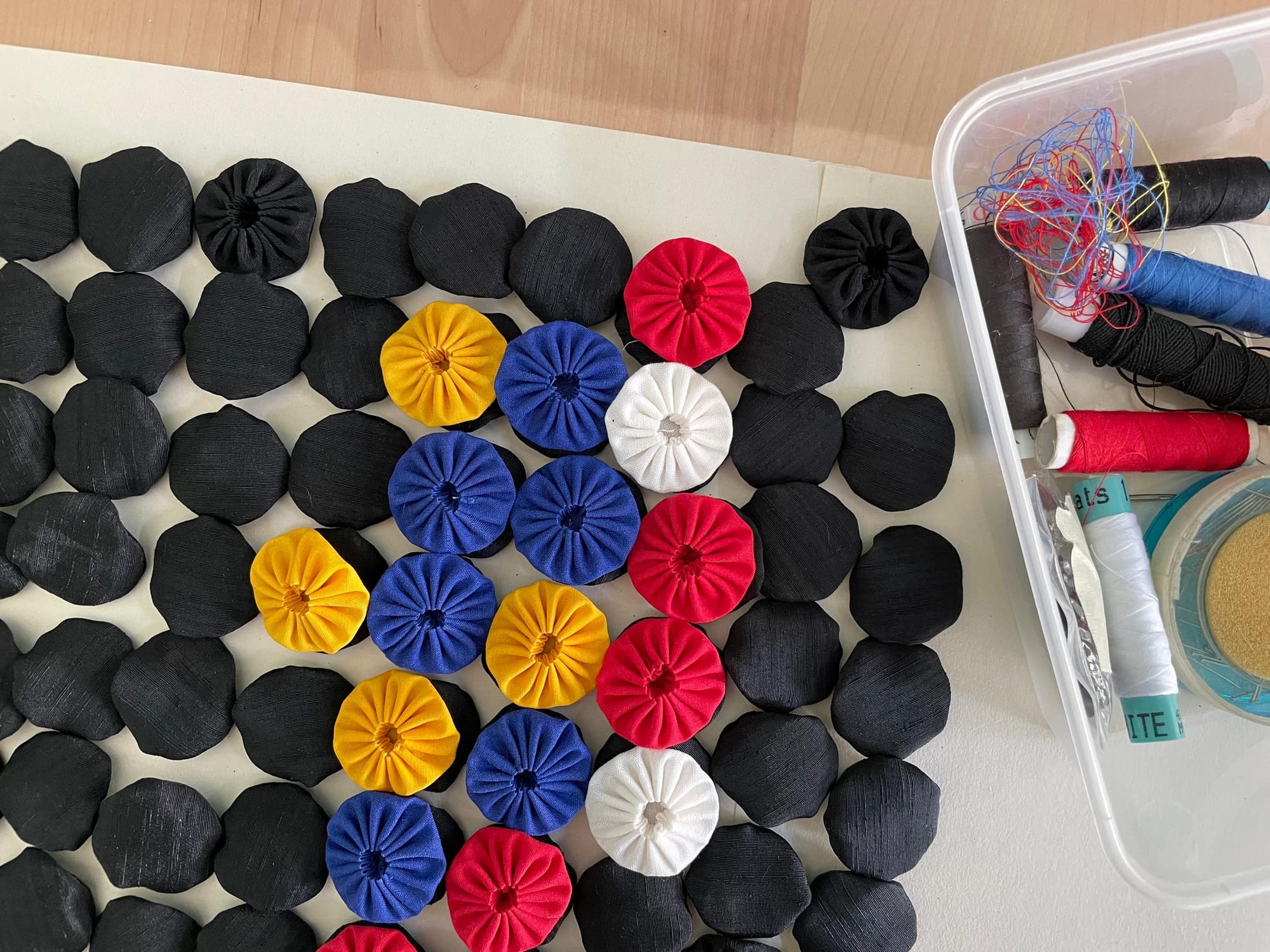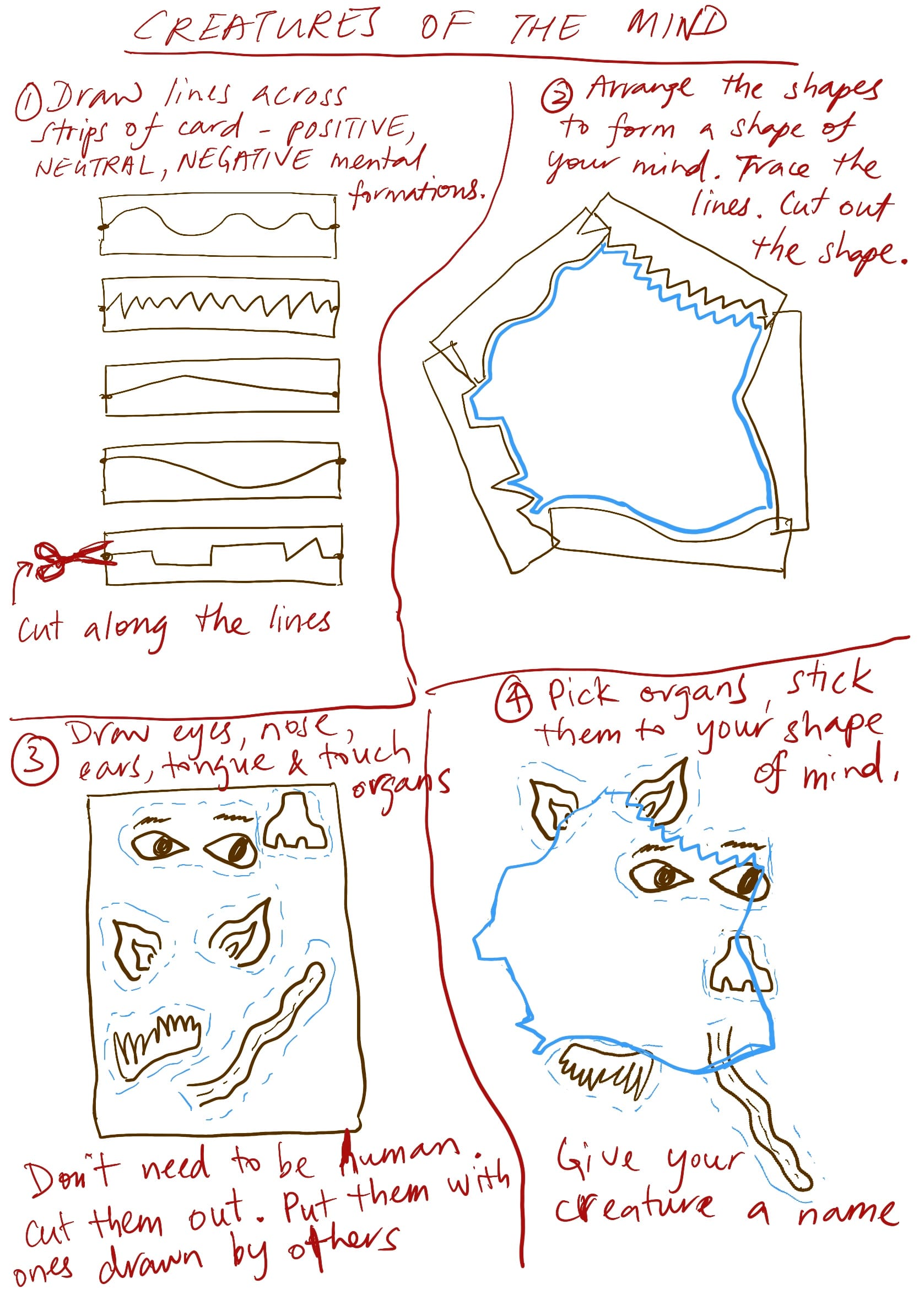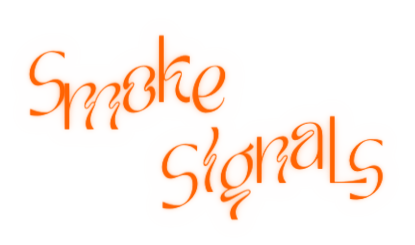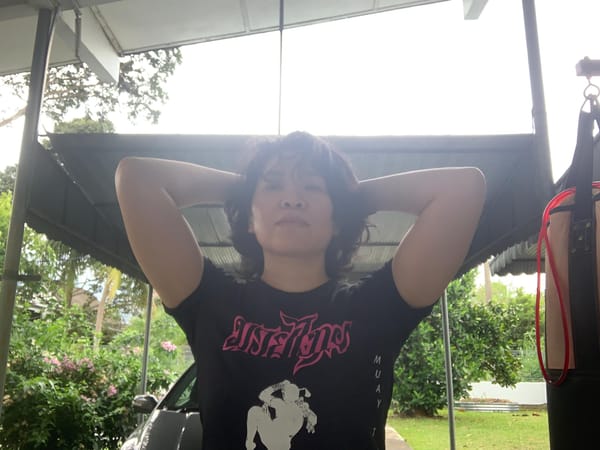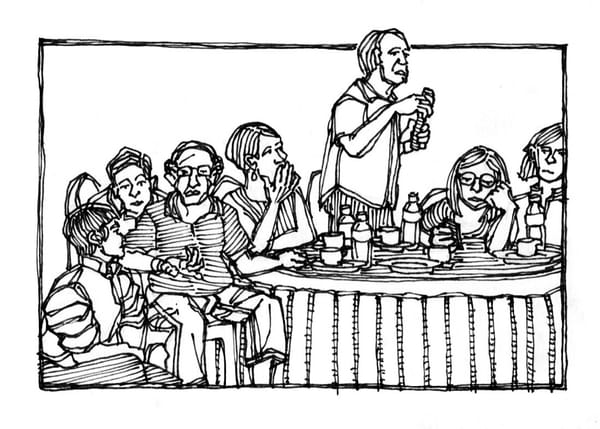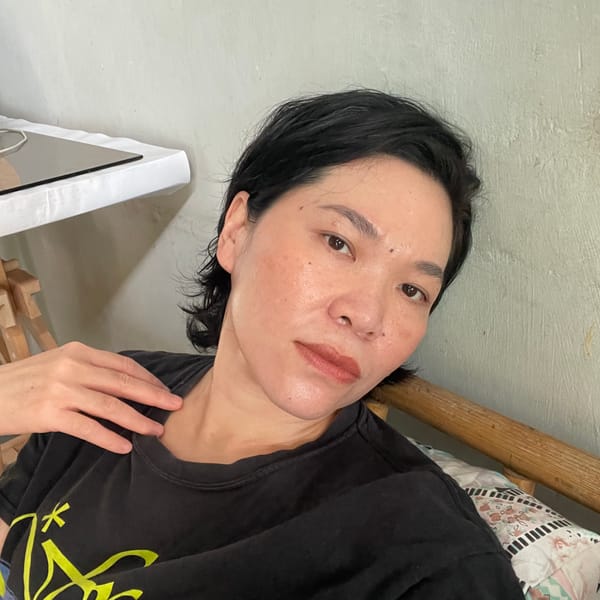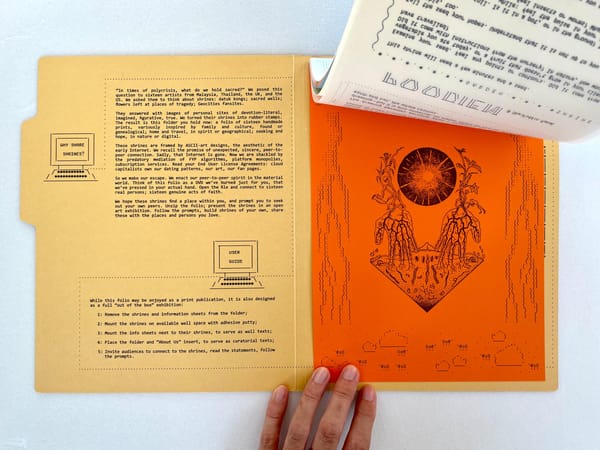Arising from the everyday
Art, politics, power and everything else that matters
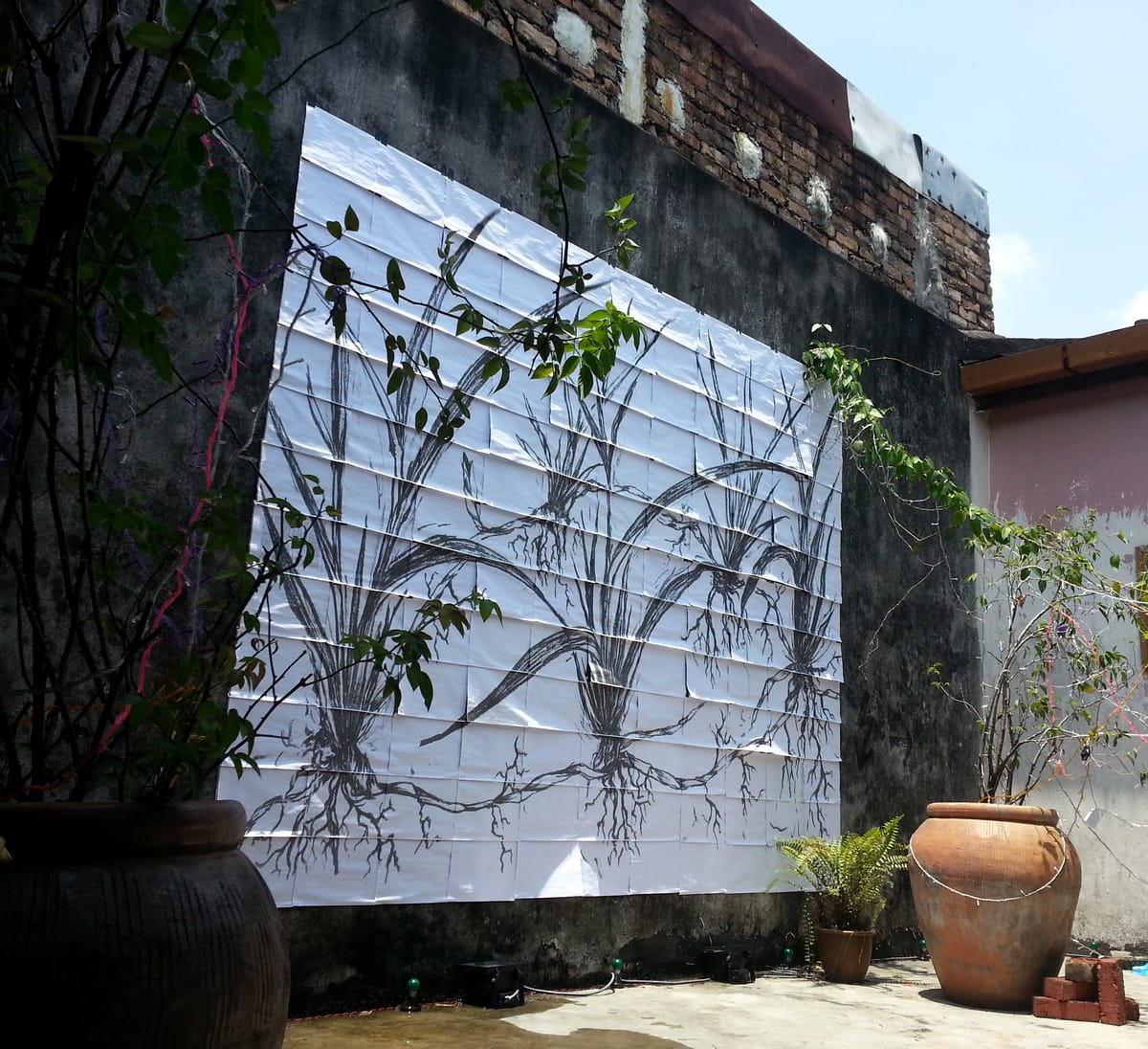
Hello! Some updates I missed out in the last send:
- I made the book cover art for The End of the Nineteen Nineties by Hafiz Nor Shams, inspired by 90s rave flyers and Y2k sticker sheets. It's been out for awhile from Matahari Books. A signal about this is sitting in drafts!
- A recording of 'Portals', the talk I gave for Afterall Artschool's Hiding in Plain Sight series is online. Beaches, water returning to the source, the Mordor Economy, avocados, penunggu (land guardians) and more.
And a couple of recent updates:
- Rohingya poet Mayyu Ali and I were interviewed about our collaboration Transcultural Lullabies in a special lullaby-themed issue of Akshar Wangmay, a peer-reviewed cultural journal in Marathi and English. I'm so proud of this project. Having Rohingya and Malaysian folksongs sit alongside lullabies from around the world is a special honour!
- 👀🔥REMINDER: Sat 18 May, 2pm - I'm giving a talk at Malaysia Design Archive about my work in 'soft' mediums like textiles, pattern and costume design. 'Dalam keras ada lembut, dalam lembut ada keras' 👀🔥
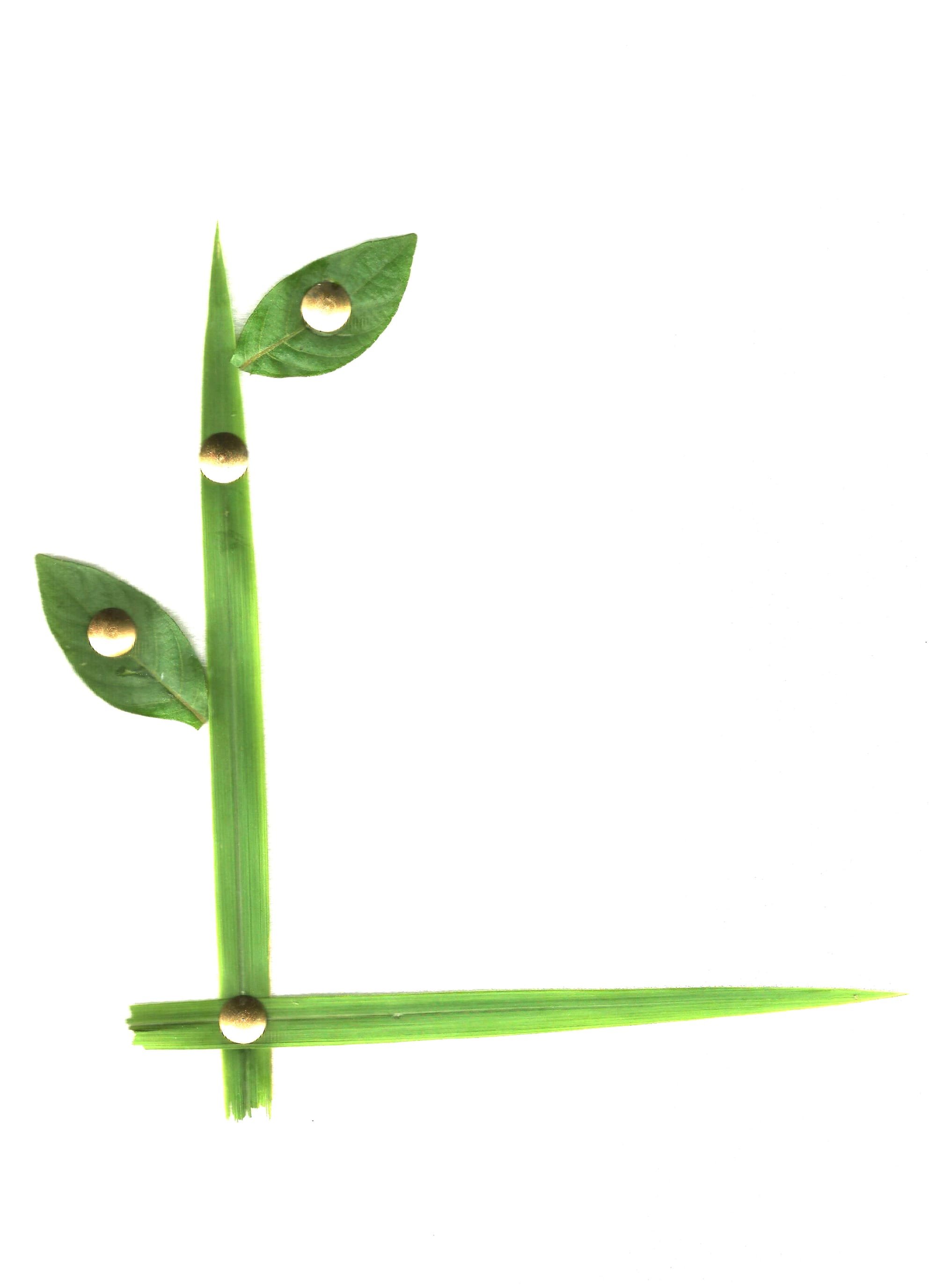
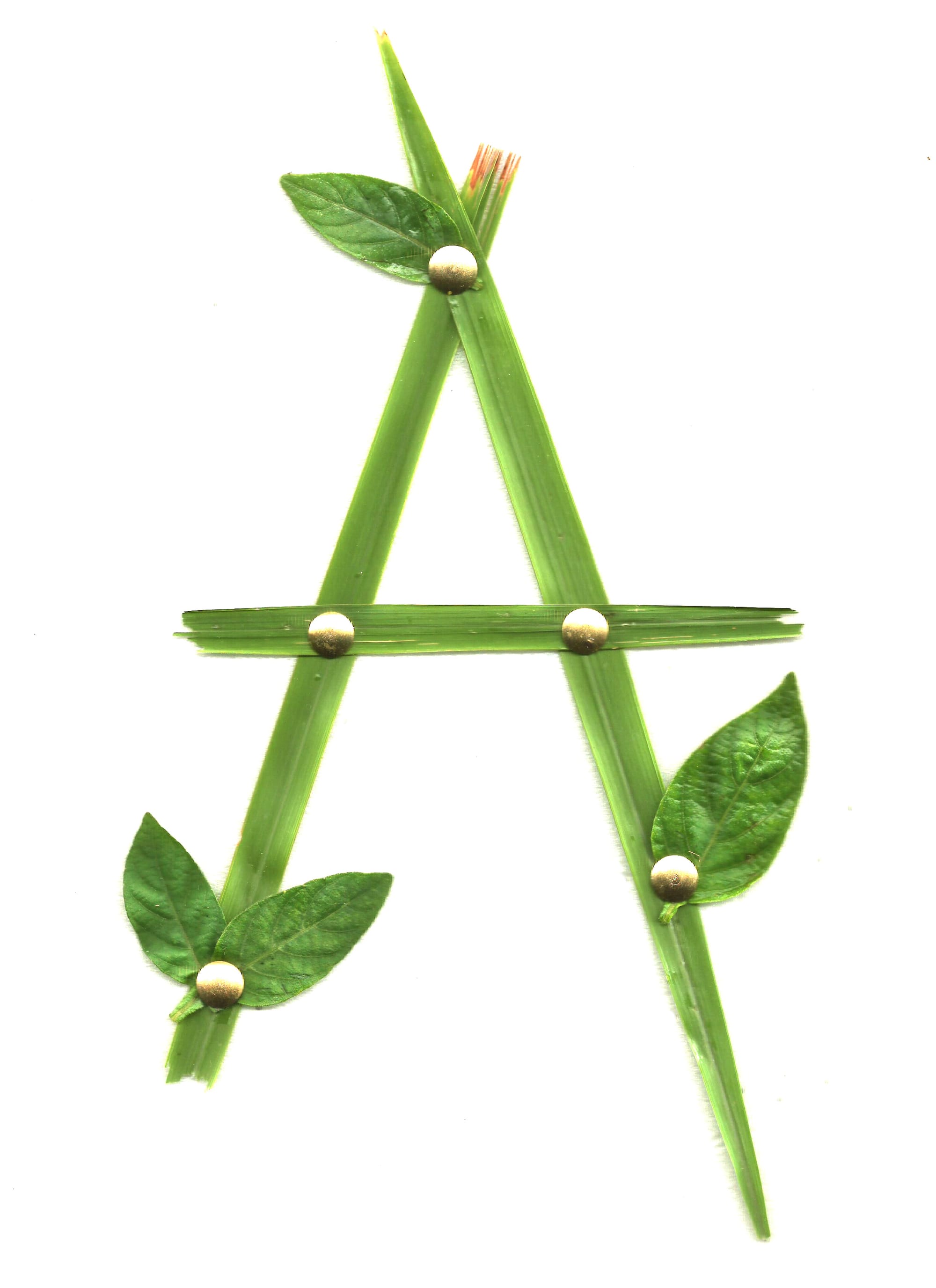
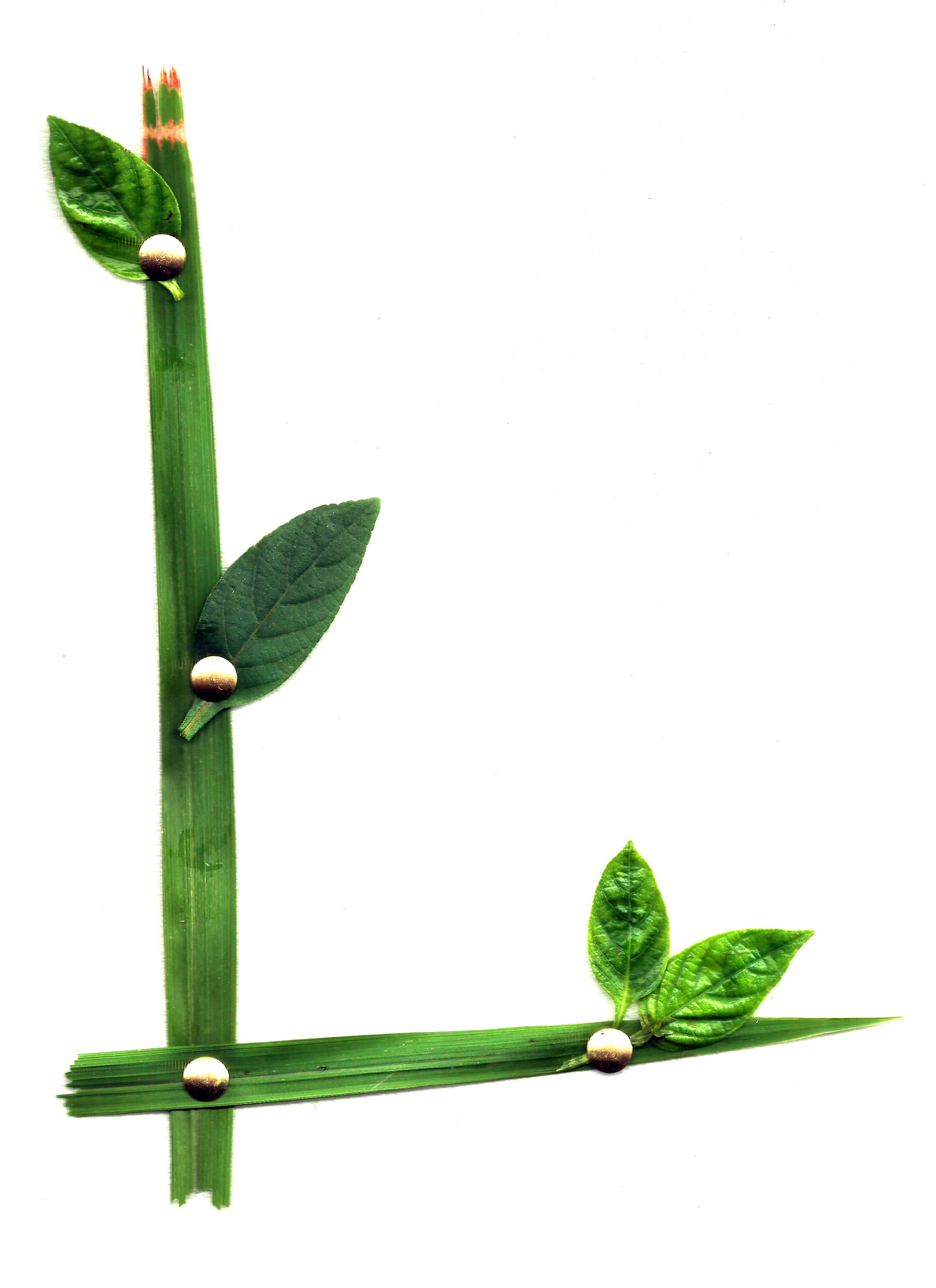
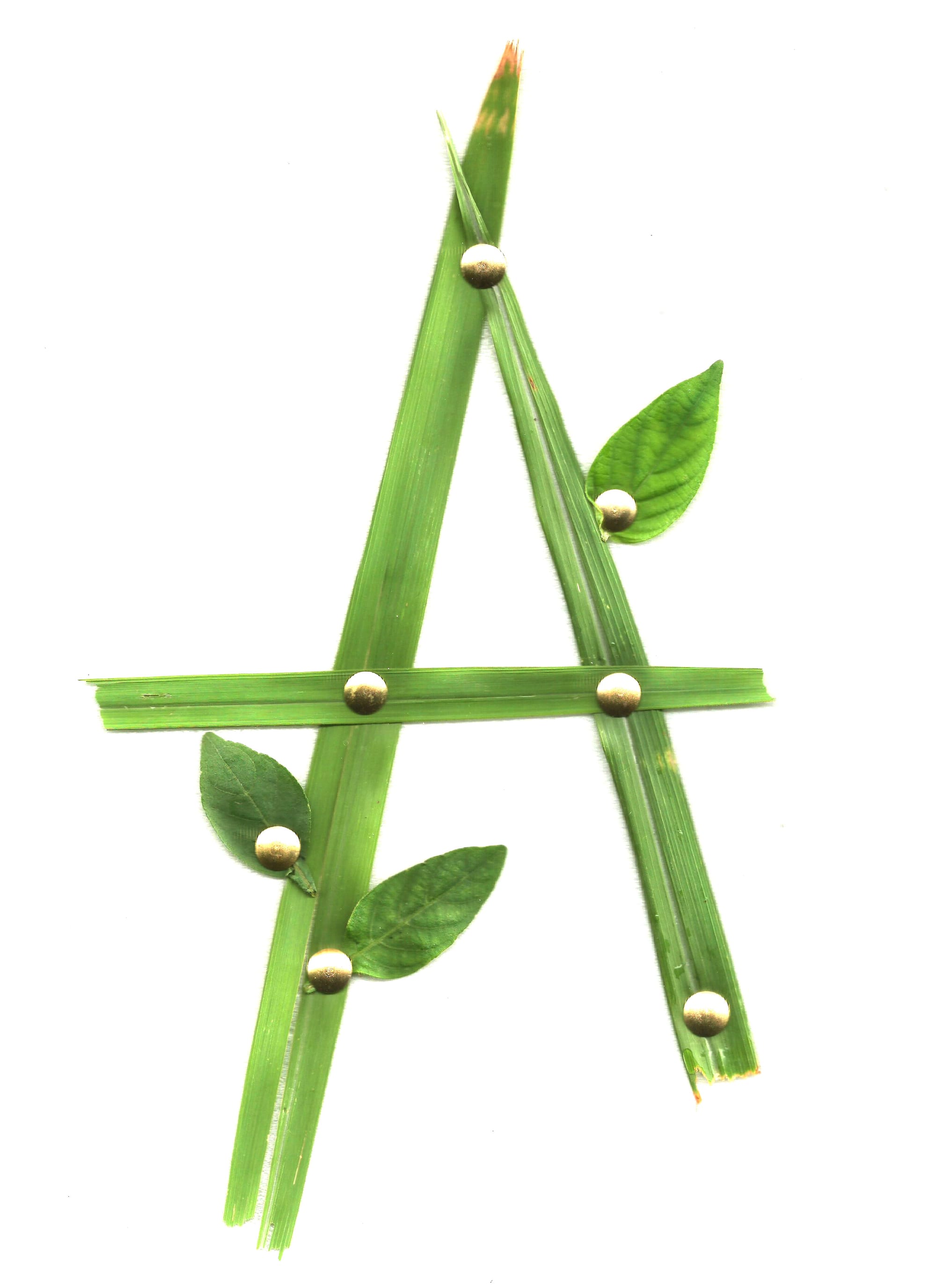
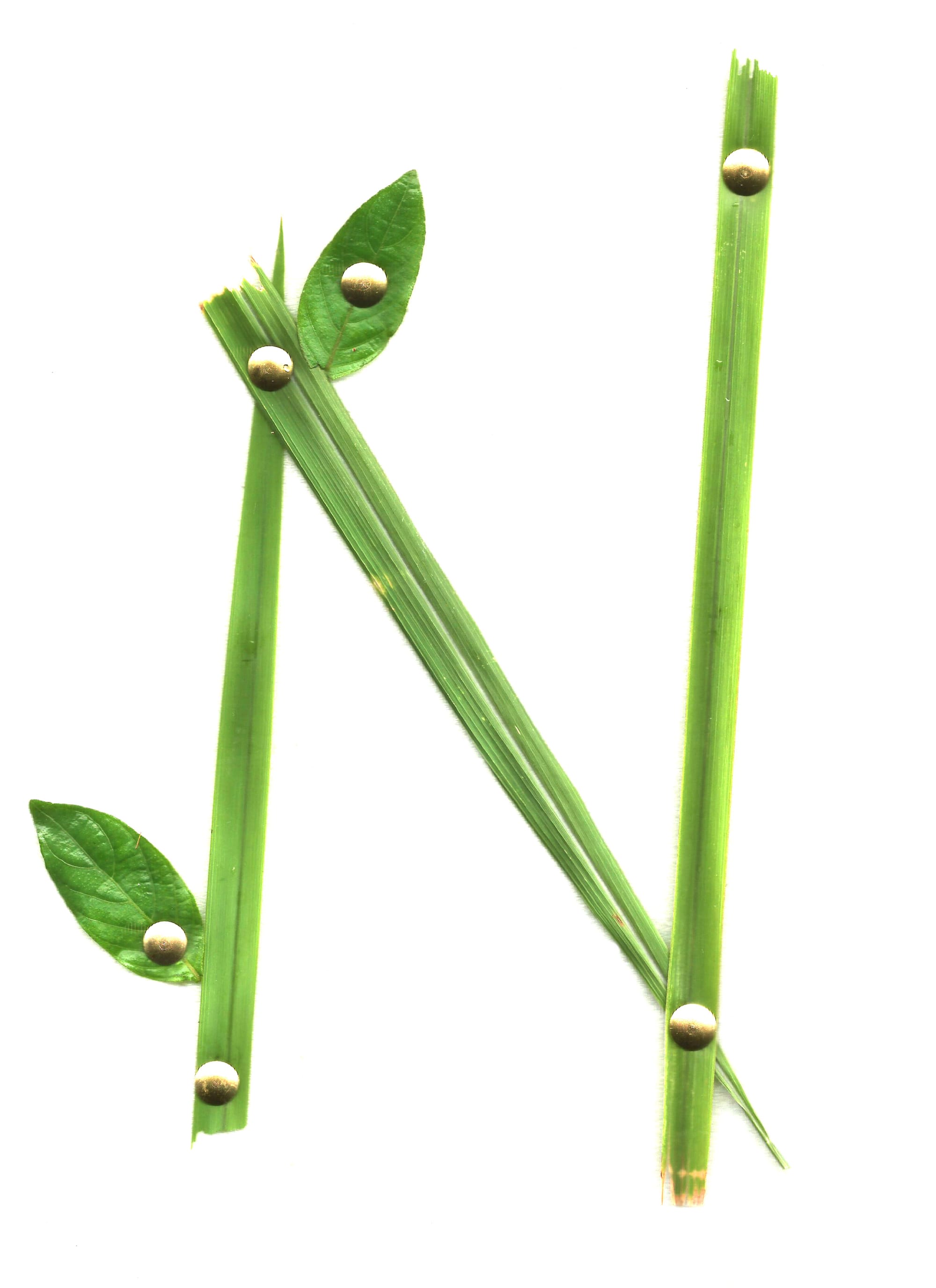
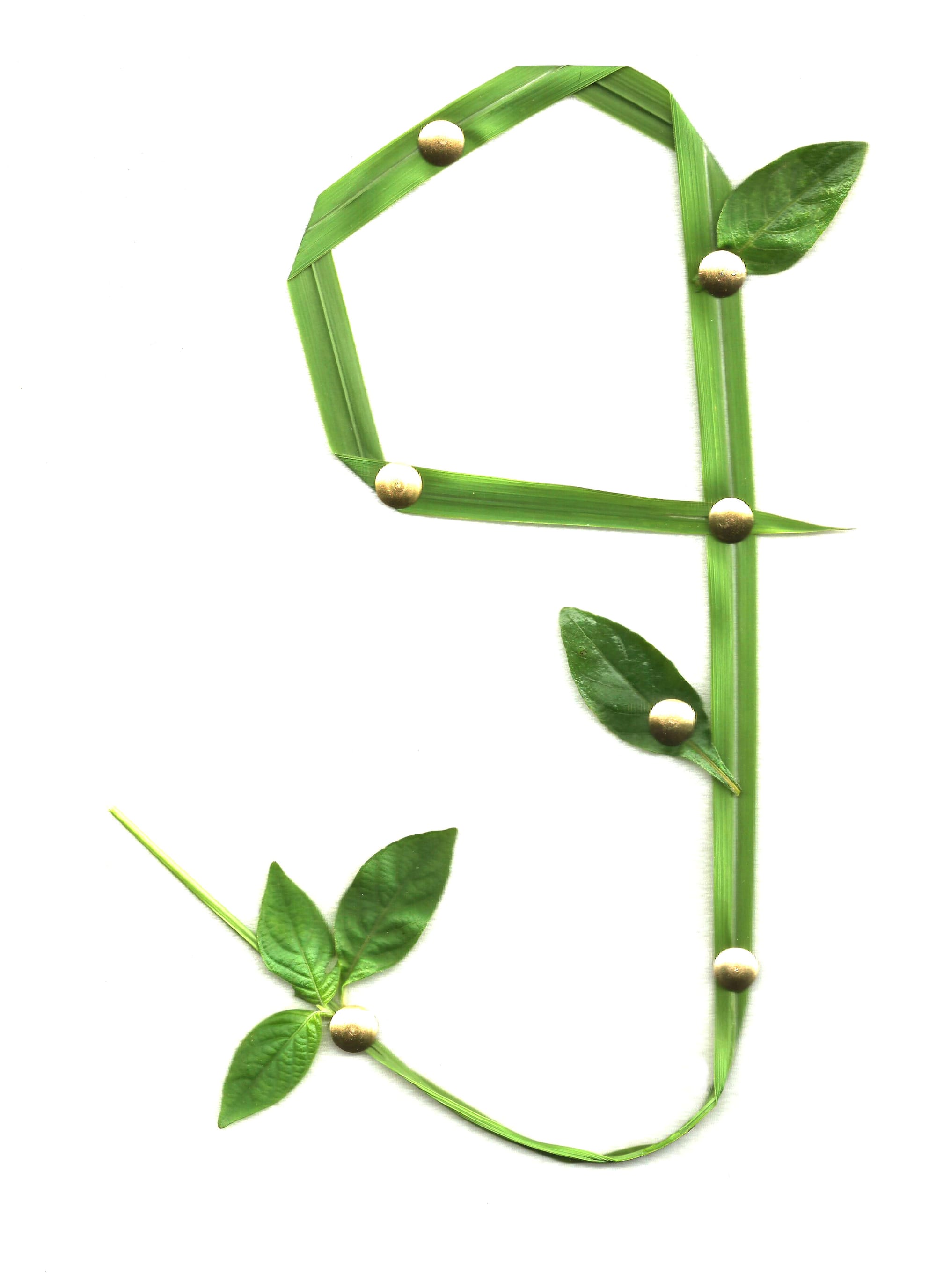
LALANG font made from lalang grass (Imperata cylindrica), 2016
Lightning comes up from the ground
Today's signal is an unpublished interview from 2018 that I did with writer Samantha Cheh. The subject is politics and art, and 'political art and artists' in Malaysia.
Post-Covid (and post-Sheraton Move in the local context), I don't get asked about art and politics much. Instead, it's interview questions about art and activism. What's familiar is the way art is juxtaposed against a thing that stands in for 'real change' in the 'real world'.
As I work through these shifts and queries (spoiler: the moniker 'artivist' is NOT for me), referencing these earlier thoughts is useful. If you substitute 'activism' for 'politics', the answers remain relevant. More signals to come on this, definitely. For one thing, I finally accepted that I'm an activist only like, three weeks ago.
Before we get to the interview, let me leave you with this line from a Julie Byrne song that keeps ringing round my head. It's about recognizing love's vector, that is, it's magnitude and direction:
Every time you come around / Lightning comes up from the ground
Love, and everything else that matters.
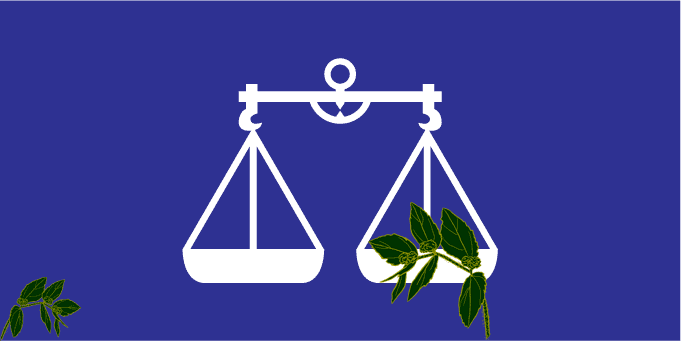
Email interview, April 2018
Samantha Cheh
Sharon Chin
- Do you think that artists making political art in Malaysia have an obligation to be politically active? Or do you think artists should remain in the social commentary box?
If by politically active, you mean engaging in electoral party politics or being a political activist, which I would argue is the dominant understanding of what it means to be politically active in Malaysia today, then no.
Artists are not pundits; we are not op-ed writers. Just as having an opinion is not the same as thinking. Our work is creating culture, and we do that by experiencing, observing, imagining and expressing it. I’m not big on obligation or duty, I prefer allegiance. Mine is to our culture and its people, and increasingly, the land itself, without which none of this exists.
- What has been really interesting in your work has been a clear component of civic engagement. If I think about your 'Weeds/Rumpai' pieces, the message is particularly empowering on the side of the citizen. Do you think this something important to the core of your artistic philosophy?
I made 'Weeds/Rumpai' in 2012 - 2013. We’d moved from KL to Port Dickson the year before. The whole of that long, dry, year I made no art at all - there was no water in my well. I read Ursula Le Guin’s speculative fiction masterpiece The Dispossessed, and was beginning to read Murray Bookchin on libertarian municipalism. From Le Guin I learned about anarchism, from Bookchin I learned that politics is not the same as statecraft. That the word comes from the Greek word ‘polis’, meaning ‘city’ or a ‘body of citizens’. I also spent many hours staring out blanky into my garden, wondering what I’d do if I never made art again. So I started drawing the weeds, one a day, as a silly exercise. Then flags started sprouting up around Port Dickson ahead of GE13. I thought I’d put these together, and see what happened.
I don’t start with a message, then make artwork to carry it. It’s a process, an unfolding. This is how my politics, and my art, is formed - from the everyday. This idea of art as arising from the process of the everyday is directly related to the idea of power as arising from the everyday citizen.
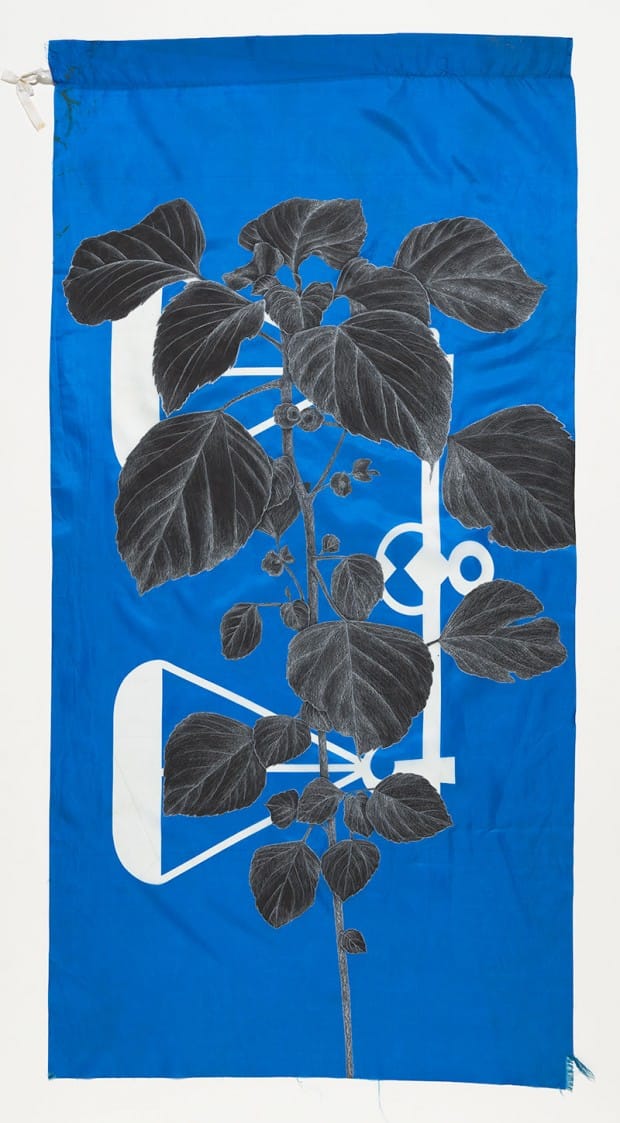
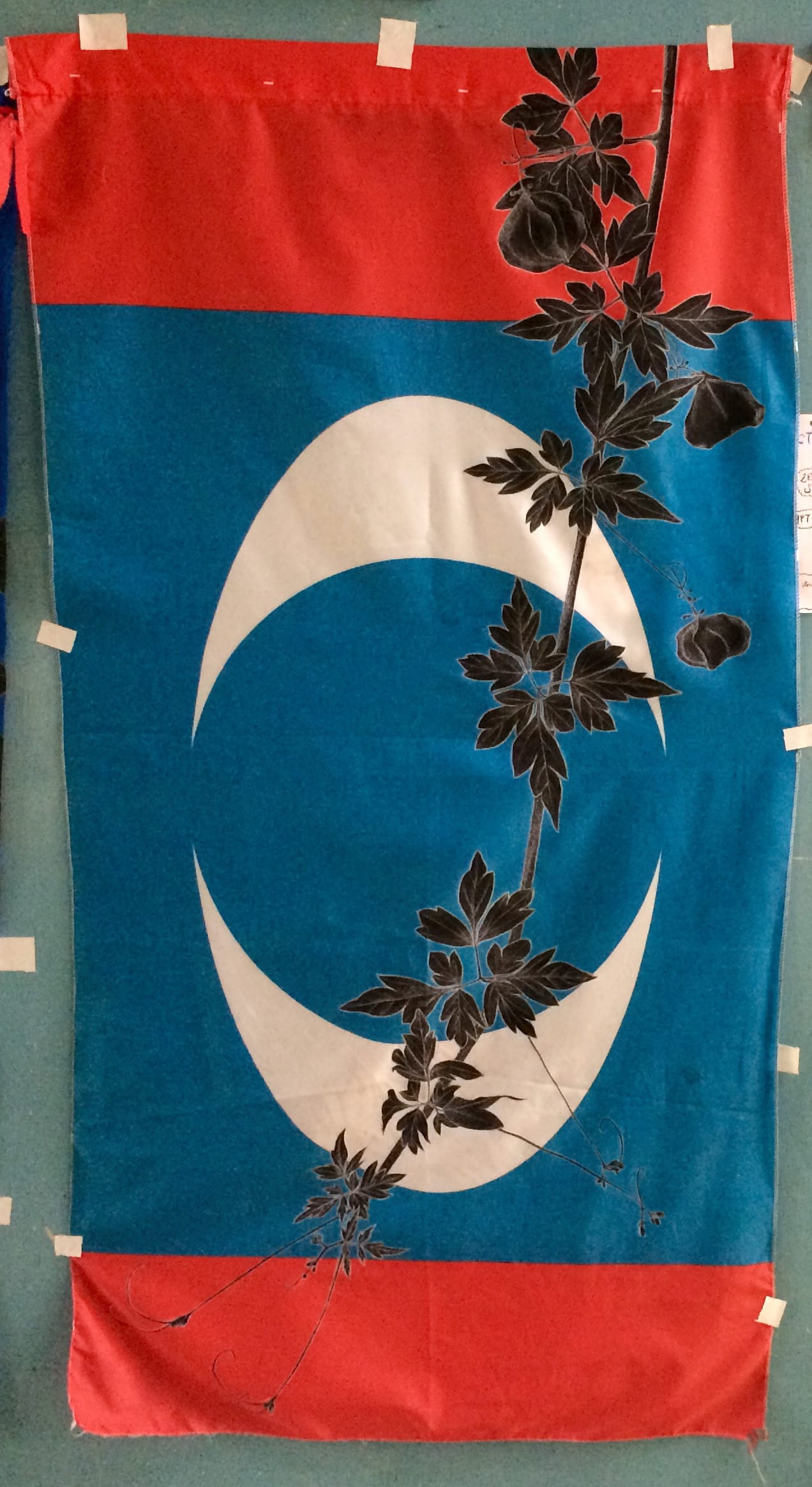
From 'Weeds/Rumpai II' series, 2015
- Do you think art is an accessible way for the everyday citizen to engage with politics?
No, I don’t. There is a difference between advertising, propaganda and art. Two of these three things (I’ve done them all) are meant to sell you something. Art is meant to wake us up, and keep us awake - to our joy, our anger and our pain. It can’t do that if it’s treated as bait on a hook, or sugar on a pill. If we are asleep or numbed, it is hard to engage with life, much less politics. For citizens to engage with politics in the true sense, we desperately need wealth redistribution, land justice, community organizing, institutional reform and long-term commitment to civic education. The irony is that ‘politics’ as we understand it today is a huge distraction from these matters of utmost importance.
- In your experience of seeing and making political art, do you think enough Malaysian artists are politically engaged? Or are they simply portraying politically inflected works for their current relevance, rather than out of true conviction of ideas?
I may make work that tracks the evolution of my own politics, and by extension, the unfolding of political events in this country, but that doesn’t account for all that I do, or all the work that I make.
It’s all too easy today to perform one’s political engagement, as well as conviction, online! What’s enough? How do you measure? Likes and shares? Getting arrested?
So, no, I don’t think we need worry about Malaysian artists not being politically engaged, we should be worrying about them not reading and not thinking.
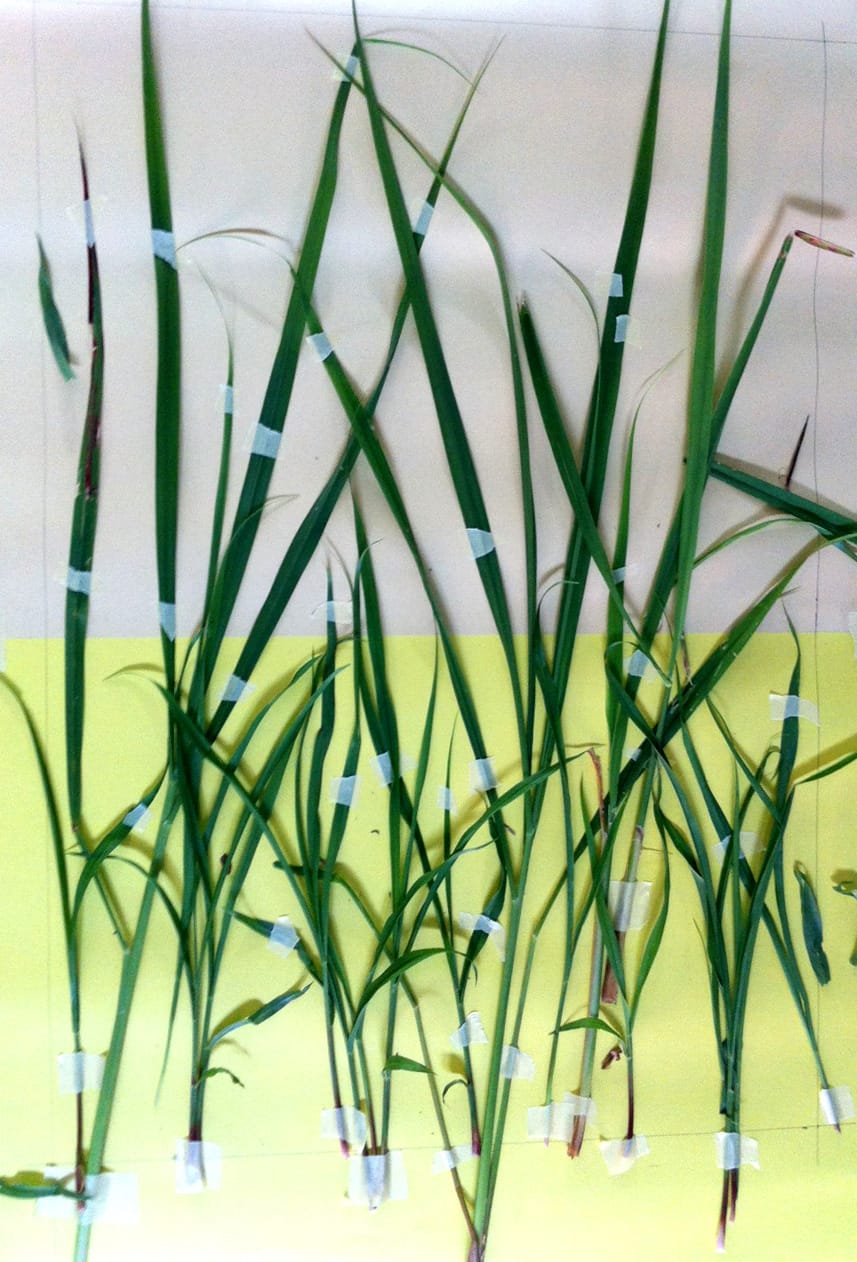
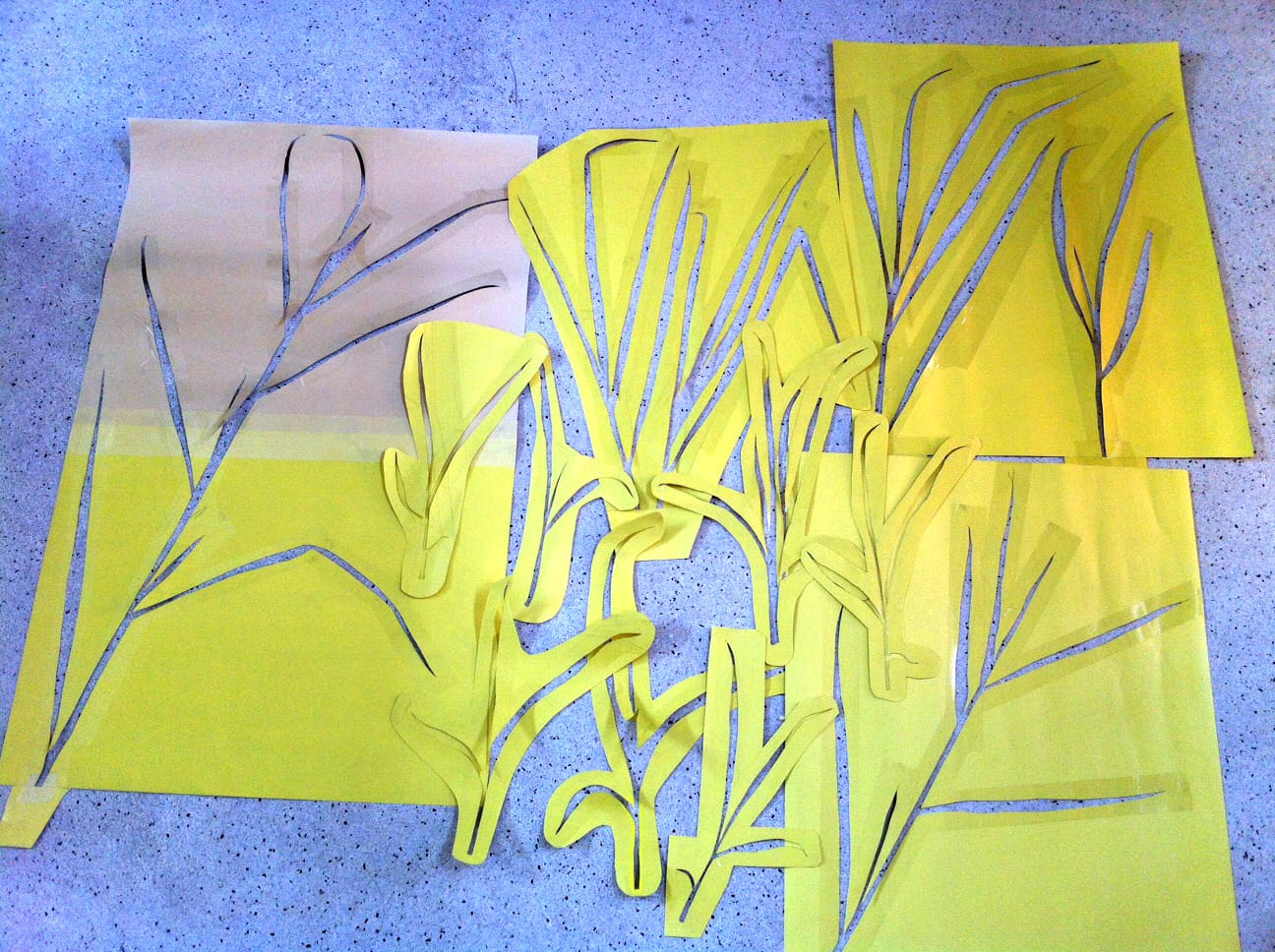
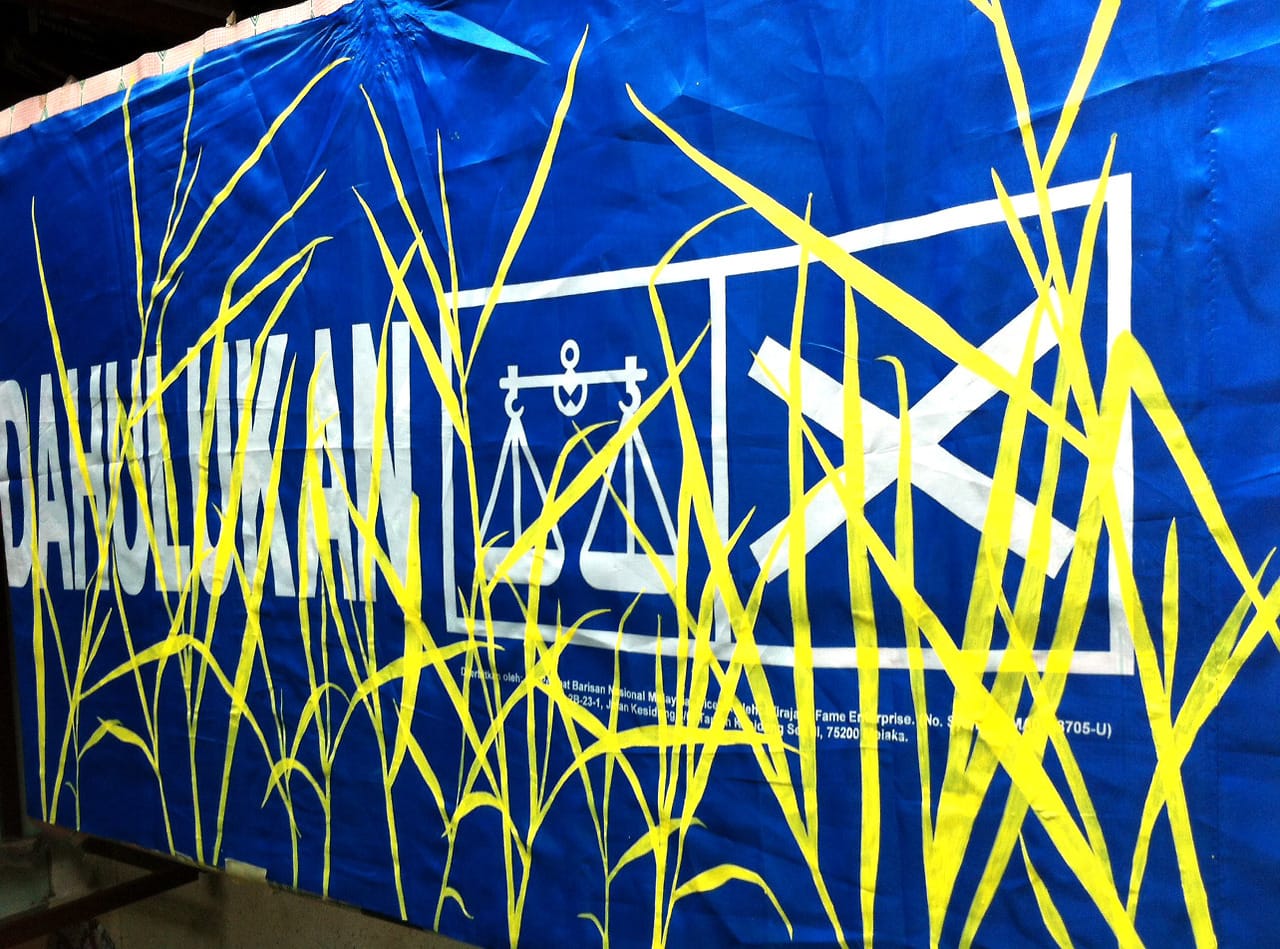
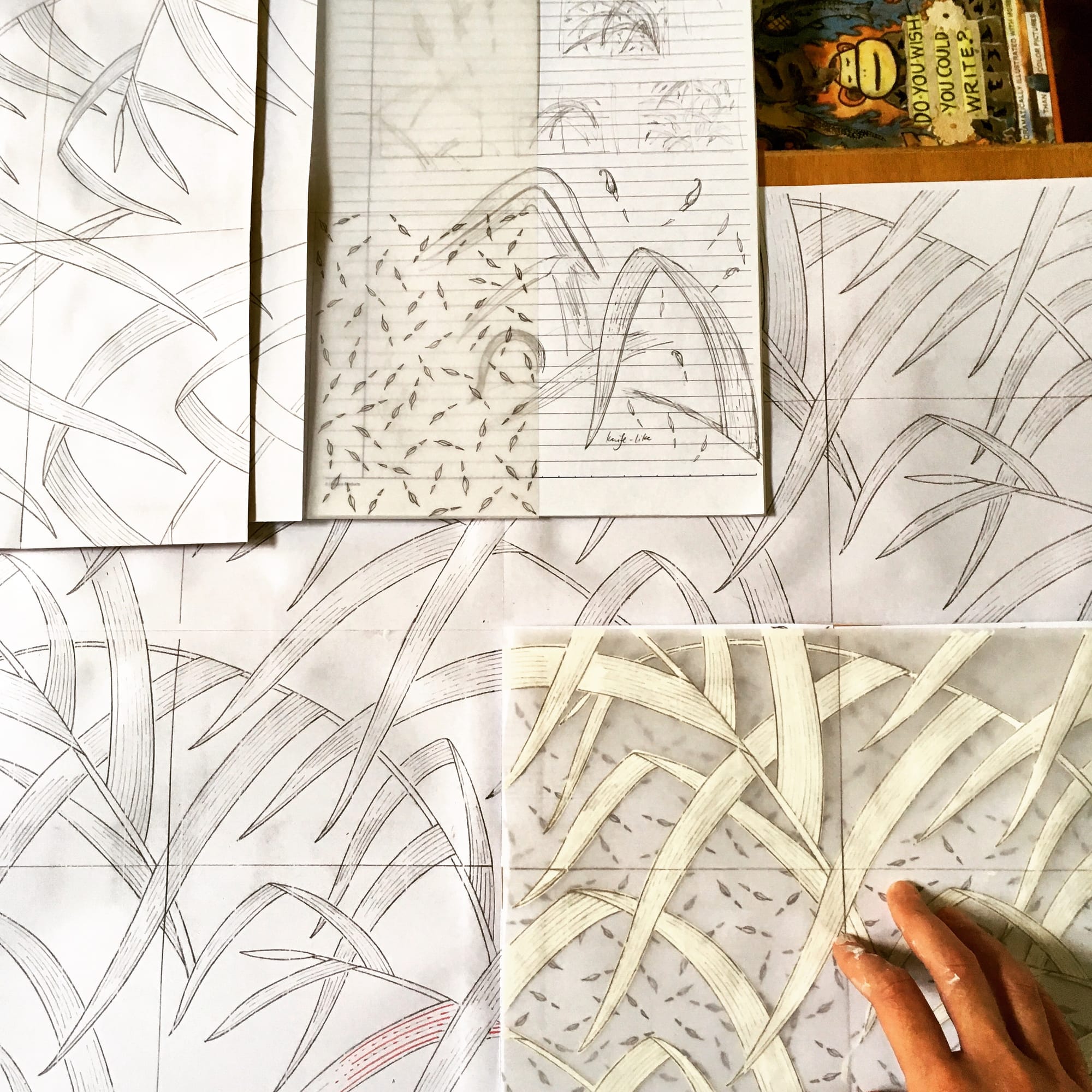
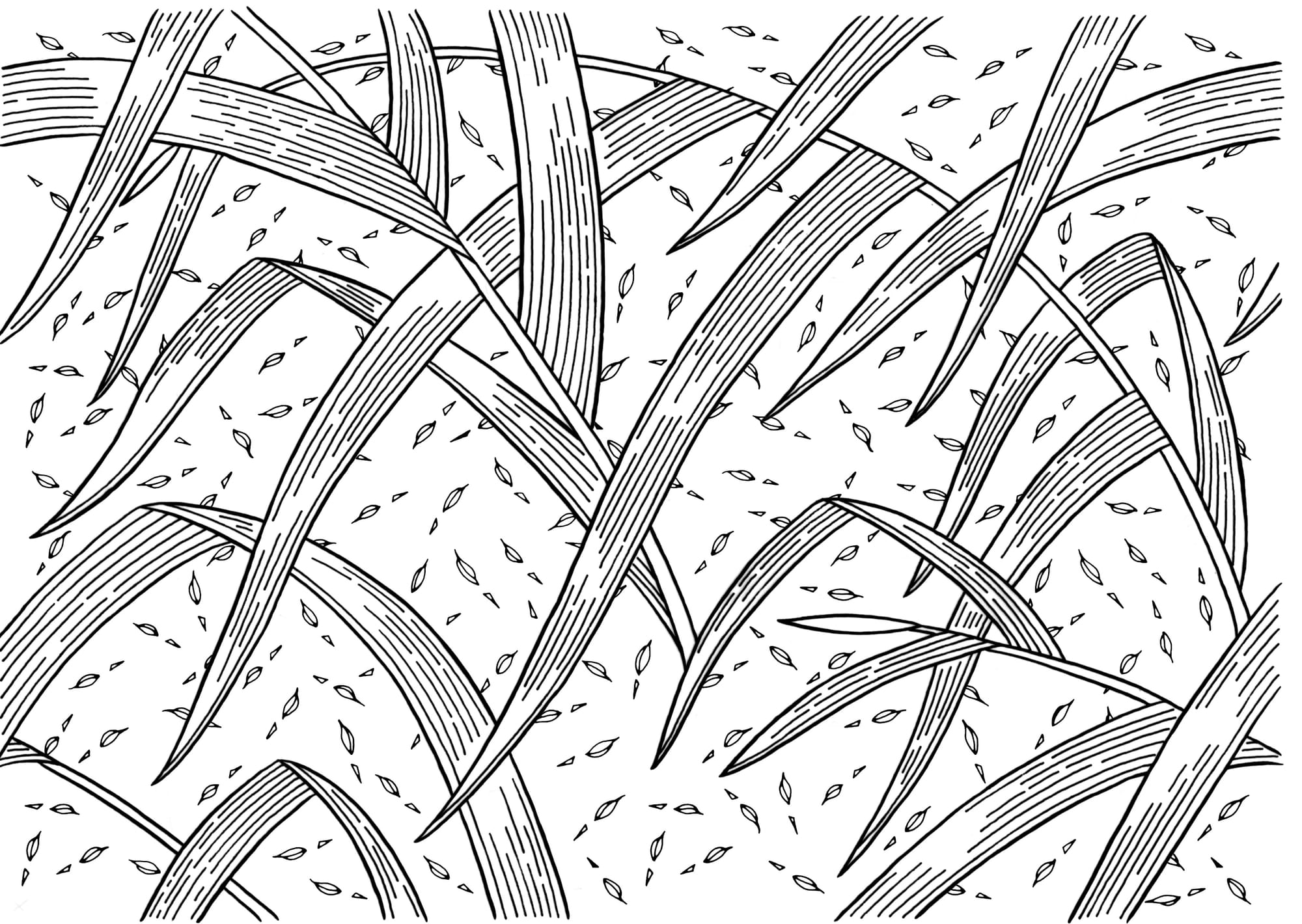
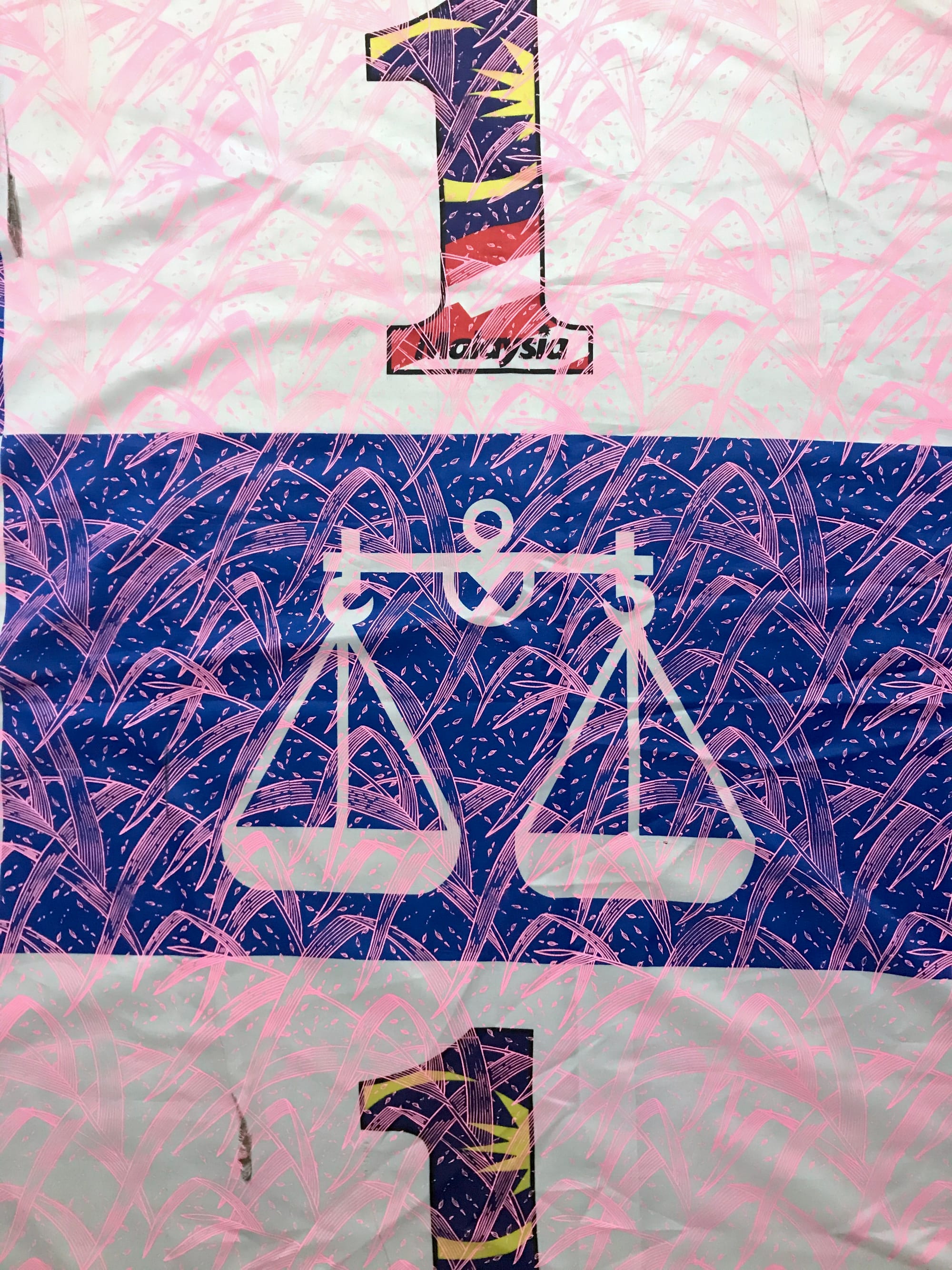
Top row: Lalang stencils, 2015 // Bottom row: Lalang repeat pattern, 2017
- What are your thoughts on artistic works by political artists being co-opted by any particular political party?
The question is, do we understand the difference between propaganda and art? Propaganda is a political party’s lifeblood, one of their top techniques for obtaining and maintaining power. It's in their interest to collapse the meaning between the two, indeed, between truth and falsehood, fact and fiction. One thing to understand is that artists are also well-versed in the political economy of image-making.
So, when you say ‘political art’ and ‘political artists’, you have to be clear what you mean, and whether you are engaging in this same collapse. To be sure, my history of making propaganda for political parties and NGOs has burnished my reputation as a ‘political artist’. I think if you interrogate the beguiling narrative of innocent artists being co-opted, you will find more alignment and willing participation than you anticipated!
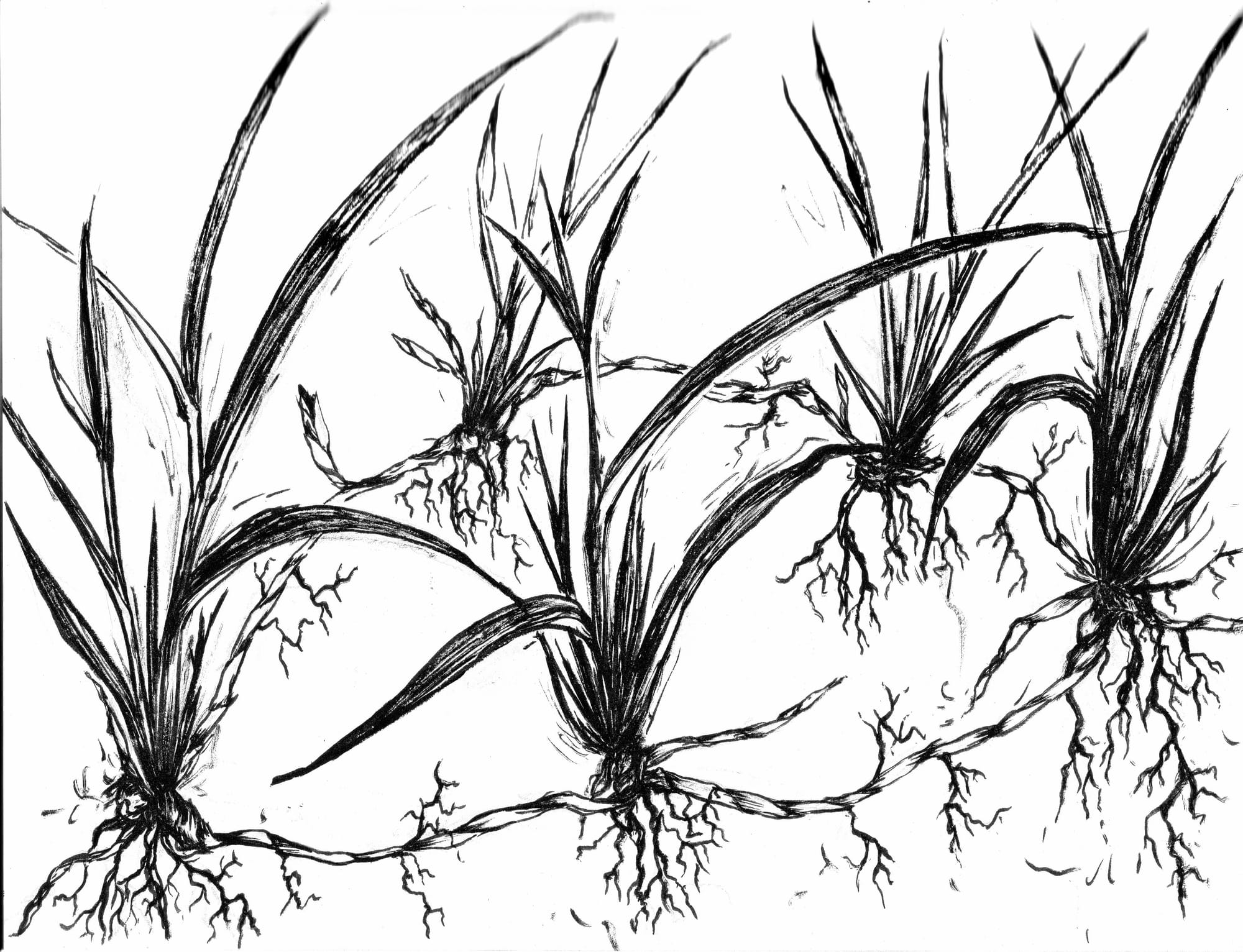
This has been Signal 004. Thanks for being here. Did you know that if you subscribe to Smoke Signals, lightning comes up from the ground and hits me in the chest?
Until the next send,
Sharon
Snapshots from the Studio
Almost done sewing the book cover art for the forthcoming Bahasa Melayu version of Life After: Oral Histories of the May 13 Incident. Also, a drawing for a workshop I'm developing called 'Creatures of the Mind, Creatures of the Land'.
